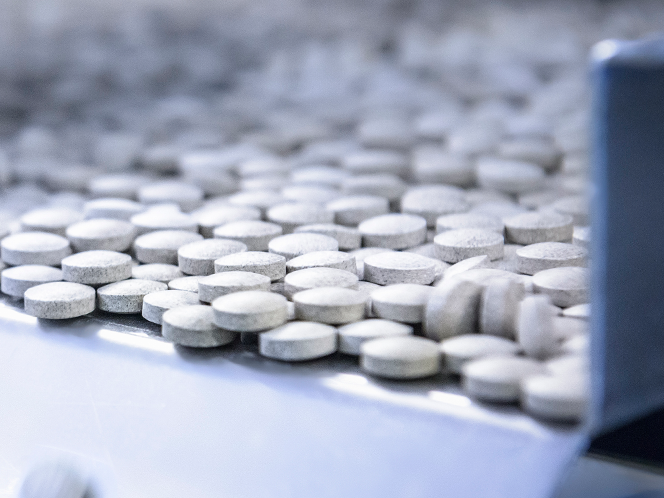“Our goal with AVEVA™ PI System™ is to make it the central point of information driving our really key, data-rich applications and work processes.”
Tim Alosi, Head of Global Data, Biogen
Accelerate technology transfer and innovation
- Deploy a consistent data infrastructure platform spanning R&D to production.
- Enable collaboration across internal and external teams.
- Use data insights to continuously learn and improve for shorter process cycle times.
Learn how Pfizer delivered the COVID vaccine at “light speed.”
Cloud-based data services platform
- End-to-end data availability
- Major reduction of data consumption cost
- Faster time-to-market for industrial data products
Learn how Roche leveraged CONNECT data services for self-service of advanced data analytics
Improve production efficiency for operational excellence
- Enable real-time decisions with process analytical technology (PAT).
- Identify and minimize “value leaks” in the production process to improve quality.
- Collect and automate contextual data for improved knowledge management.
See how Biogen reduced manufacturing costs and increased yield on its Alzheimer’s drug.

AVEVA products for the Life Sciences economy
AVEVA™ PI System™
Collect, aggregate, and enrich real-time operations data for immediate problem-solving and easily deliver formatted data to enterprise applications and advanced analytics.
AVEVA Teamwork
AVEVA Teamwork is the performance support application in the cloud that is empowering workers at organizations to learn, solve problems and share knowledge from their workstations.
Operations Control and HMI
Operations Control and HMI software offers a winning strategy for meeting the complex demands of your current requirements along with the flexibility to need for rapid change and expansion.
AVEVA™ Unified Operations Center
Converge engineering, operations and other data in context for end-to-end enterprise visibility
Asset Performance Management
Prevent downtime, reduce risk, and optimize asset reliability and performance with AVEVA’s predictive asset performance management solutions.
AVEVA™ Work Tasks
Formerly Known As Skelta BPM
Advanced work tasks management for the digital transformation of standard operating procedures, orchestration of work execution, and for empowering the connected worker through information access and digital collaboration on desktop and mobile devices.
Standardizing equipment performance analytics
- Link shopfloor and business intelligence platform
- Foundation for action & continuous improvement
- Improve equipment efficiency by over 5%
Learn how Novartis implemented its Manufacturing Cockpit